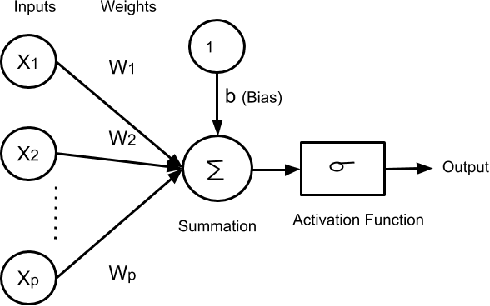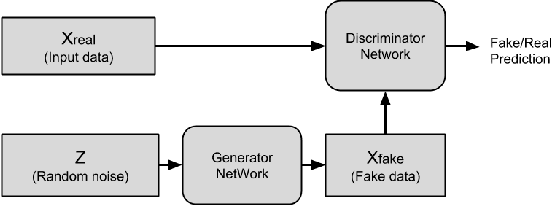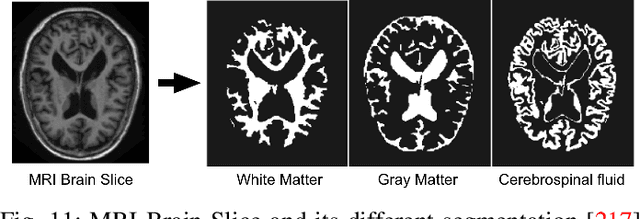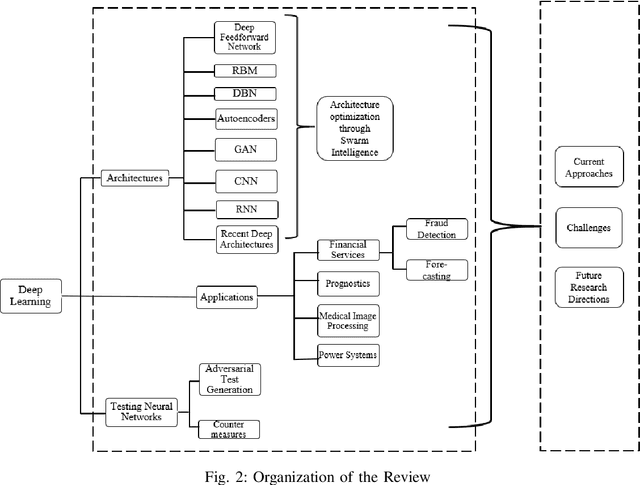A Review of Deep Learning with Special Emphasis on Architectures, Applications and Recent Trends
Paper and Code
May 30, 2019



Deep learning (DL) has solved a problem that as little as five years ago was thought by many to be intractable - the automatic recognition of patterns in data; and it can do so with accuracy that often surpasses human beings. It has solved problems beyond the realm of traditional, hand-crafted machine learning algorithms and captured the imagination of practitioners trying to make sense out of the flood of data that now inundates our society. As public awareness of the efficacy of DL increases so does the desire to make use of it. But even for highly trained professionals it can be daunting to approach the rapidly increasing body of knowledge produced by experts in the field. Where does one start? How does one determine if a particular model is applicable to their problem? How does one train and deploy such a network? A primer on the subject can be a good place to start. With that in mind, we present an overview of some of the key multilayer ANNs that comprise DL. We also discuss some new automatic architecture optimization protocols that use multi-agent approaches. Further, since guaranteeing system uptime is becoming critical to many computer applications, we include a section on using neural networks for fault detection and subsequent mitigation. This is followed by an exploratory survey of several application areas where DL has emerged as a game-changing technology: anomalous behavior detection in financial applications or in financial time-series forecasting, predictive and prescriptive analytics, medical image processing and analysis and power systems research. The thrust of this review is to outline emerging areas of application-oriented research within the DL community as well as to provide a reference to researchers seeking to use it in their work for what it does best: statistical pattern recognition with unparalleled learning capacity with the ability to scale with information.
 Add to Chrome
Add to Chrome Add to Firefox
Add to Firefox Add to Edge
Add to Edge